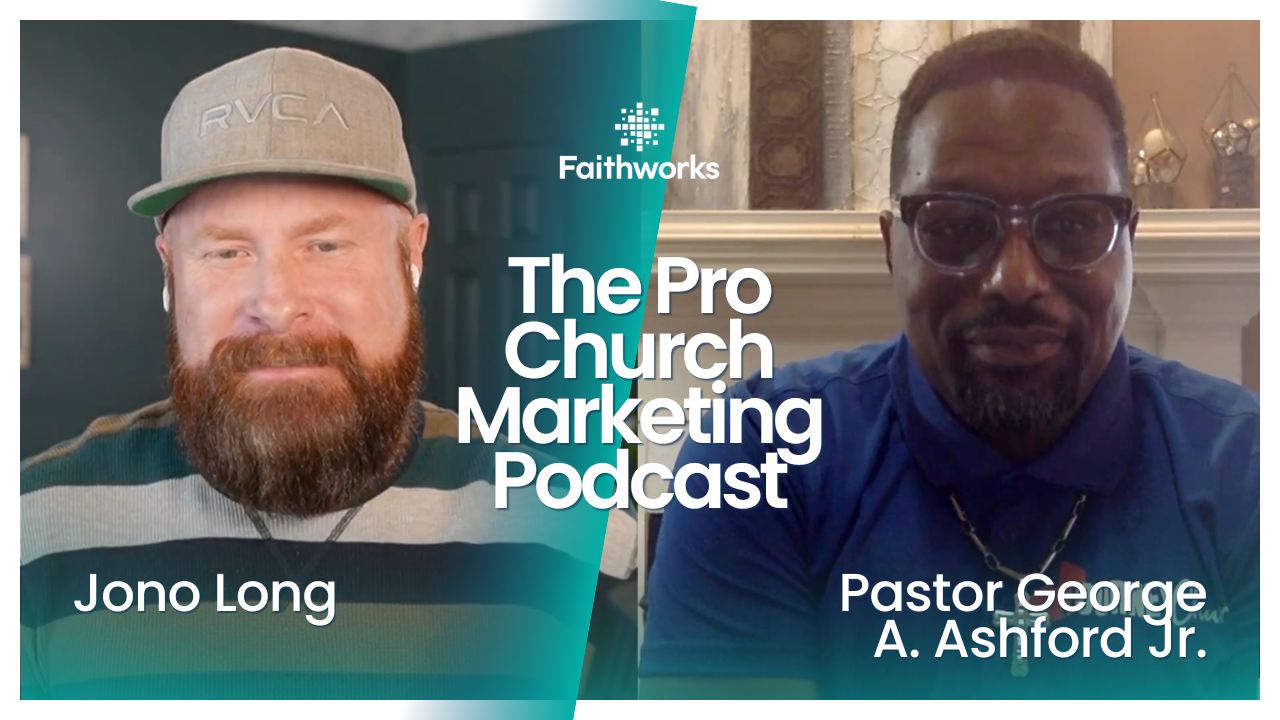Our Guide to Boosting Church Attendance with Social Media
Social media is a powerful tool that churches can use to reach more people and encourage them to attend services and events. With so many people using platforms like Facebook, Instagram, and TikTok daily, it's easier than ever to connect with both current members and potential newcomers. Sharing the message of your church has never been so accessible or impactful.
By posting engaging content and creating an online community, your church can inspire interest and growth. Interactive posts, thoughtful messages, and inspiring stories capture attention and invite engagement. Social media also allows churches to offer a glimpse into their activities, programs, and initiatives, making it easier for people to see the value of joining your community.
Using social media for your church isn't just about posting updates. It's about building connections and creating a space where people feel welcome and informed. With the right approach and the help of Faithworks Marketing, social media can help increase attendance, foster a sense of belonging, and strengthen your church community.
Let's explore how to make the most of these digital platforms and invite more people to experience what your church has to offer.
Expert Social Tips to Boost Your Church Attendance
1. Creating Engaging Social Media Content
Engaging content is key to capturing attention and encouraging interaction on social media. Creating posts that resonate with your audience can make your church's presence stand out online.
Start by sharing compelling stories. Highlight personal testimonies or community service initiatives that showcase the warmth and dedication of your church members. Stories like these foster connections and inspire others to join.
Visual content is particularly effective. Use striking images or videos from recent events, services, or community activities. Captions with heartwarming messages or questions invite followers to comment and share their thoughts. Infographics with scripture or inspirational quotes can be both visually appealing and spiritually uplifting.
Consider these types of posts to boost engagement:
- Behind-the-Scenes Content: Show preparation for events or the people who make things happen in your church.
- Polls and Questions: Ask your audience about their favorite hymns, bible verses, or what they are thankful for this week.
- Event Reminders: Create countdowns or video invites for upcoming church gatherings.
Above all, keep posts authentic and true to your church's values and beliefs. Engage with comments and messages to build rapport and keep your community active. Regularly updating with fresh, meaningful content keeps your audience interested and connected.
2. Building an Interactive Online Community
A thriving online community supports greater church attendance by fostering a sense of belonging and engagement. Social media platforms facilitate this interaction when used creatively. Building a space where followers feel valued encourages them to participate more and eventually attend services in person.
To create an interactive community, start conversations. Prompt followers to share their thoughts or experiences related to audio sermons or devotional posts. Regularly invite members to share prayer requests or praise reports.
Hosting live sessions is also impactful. Schedule live streams for prayer meetings, Q&A segments, or informal chats with church leaders. These sessions encourage real-time interaction, connecting followers on a personal level.
Introductions can help form connections. Recognize new followers with a warm welcome message or involve them in a "getting to know you" thread. Creating groups or pages dedicated to different interests, such as study groups or volunteer teams, gives members additional spaces to interact and form bonds.
Actively managing the online community is crucial. Moderating comments and addressing concerns shows commitment and care. Celebrating milestones or achievements together strengthens relationships.
By nurturing this community, your church lays a strong foundation for increased attendance and meaningful connections.
3. Leveraging Social Media Ads and Promotions
Social media ads and promotions offer a way to reach a wider audience effectively. By using targeted ads, your church can connect with individuals who might be interested in your activities and services.
Craft ads with clear messages and inviting visuals. Highlight the unique aspects of your church life that would appeal to potential visitors, such as family programs or volunteer opportunities.
Consider promoting special events. Paid promotions can boost visibility for upcoming services, community outreaches, or special holiday events. Use eye-catching graphics and compelling calls to action. These promotions can encourage both new and existing members to attend.
Utilize audience targeting features. Social media platforms allow you to focus your ads on specific demographics, such as age, location, and interests. This precision ensures your message reaches those who are most likely to engage with your church.
Set clear goals for each ad campaign, whether it’s increasing attendance at a specific event or growing your online following. Regularly review your ad performance. Tracking metrics like reach, engagement, and click-through rates helps assess the effectiveness of your campaigns.
Use this data to refine strategies and improve future promotions, ensuring maximum impact and reach.
4. Analyzing and Improving Social Media Strategy
Evaluating your social media strategy is crucial for ongoing improvement. Regular analysis helps identify strengths and areas for growth, ensuring your church's online presence remains effective and engaging. Begin by setting measurable goals. Determine what you hope to achieve, such as increased attendance, broader outreach, or deeper community engagement.
Use analytics tools to track performance. Most social media platforms offer insights into how posts are performing, who your audience is, and which types of content receive the most engagement. Focus on key metrics like likes, shares, comments, and overall reach.
Identify patterns in your data. Determine which posts resonate most with followers and why. This understanding can guide future content decisions, ensuring you continue to meet audience interests and expectations. Adjust your strategies accordingly, focusing more on the content types and topics that show positive results.
Stay updated on social media trends. Platforms regularly introduce new features or algorithms that can impact how your content is viewed. Adapting your strategy to leverage these changes keeps your church relevant and visible. Regularly revisiting and revising your strategy ensures consistent progress in building a strong and connected online community.
Conclusion
Harnessing the power of social media can significantly boost church attendance by creating inviting and engaging online spaces.
From crafting content that captivates to fostering active communities, these platforms offer endless possibilities for connection and growth. By strategically using ads and consistently analyzing your strategy, your church can effectively communicate its message and attract more people to join in.
For churches looking to enhance their social media presence, Faithworks Marketing offers tailored solutions. Our expertise in social media management for churches, alongside SEO, website services, and the Google Ad Grant, supports your church in reaching and engaging with more people.
Discover how our
church marketing agency can help your church thrive by reaching out to Faithworks Marketing today!

Latest Posts



© 2025 All Rights Reserved | Faithworks Marketing








